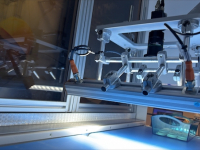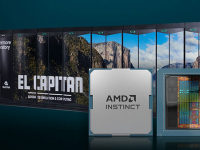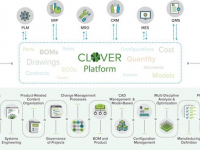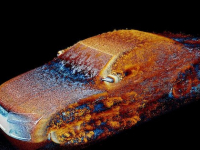
April 1, 2023
Planning and scheduling for additive manufacturing (AM) at a factory scale opens up an incredible array of possibilities, but also corresponding challenges. At the top of those challenges is the fact additive manufacturing - or colloquially 3D printing - tends to get hung up on a single, time-consuming step.
The positive side of this bottleneck is that there is an opportunity to fit multiple components onto the same build plate, so they can be produced in parallel while incurring only marginal additional time costs. This paper is about finding ways to optimize the process and incorporate the best aspects of 3D printing and traditional manufacturing together to create a better future for everyone.
The focus of this article has been to capture the fundamental difficulty involved in the newly emerging intersection between AM, operations research, and AI. This model was presented at the 2018 International Conference on Automated Planning and Scheduling. We believe this new model we explored could ultimately be extended into an end-to-end optimization model that captures all the discrete decision-making challenges in AM.
Download this paper from Oqton to learn more about some of the challenges in AM.
Latest News










